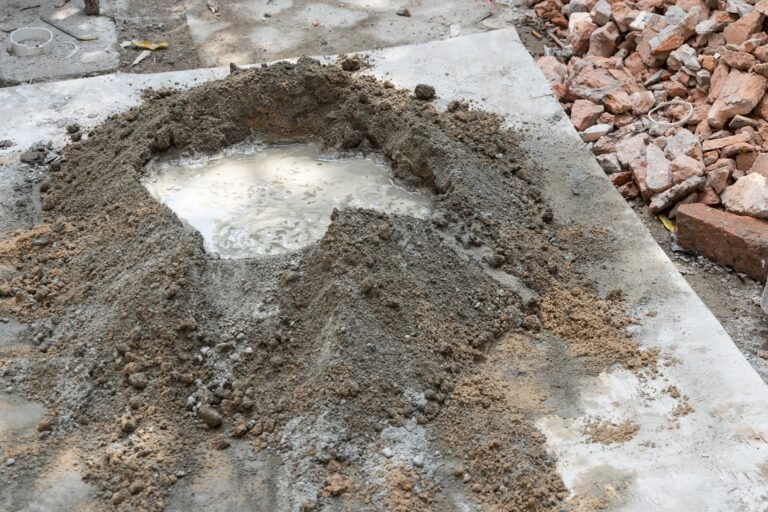5 Major Benefits of Redispersible Polymer Powder in Construction
1. Enhanced Adhesion and Bonding
Redispersible polymer powder dramatically improves the adhesion of mortars to various substrates, including:
- Concrete, ceramic
- Glass, metal
- Plastic, wood
This strong bonding capability is particularly valuable in tile adhesives, where it prevents tiles from detaching over time. The polymer film creates a powerful bond between the mortar and both the substrate and the tile.
2. Improved Flexibility and Crack Resistance
Unlike traditional cement-based mortars that are brittle, RDP-modified mortars have significantly greater flexibility. This flexibility allows the mortar to:
- Absorb structural movements without cracking
- Withstand thermal expansion and contraction
- Resist impact damage
The enhanced elasticity comes from the polymer film’s lower elastic modulus compared to cement. This makes RDP especially useful in external insulation systems and areas subject to vibration or movement.
3. Increased Water Resistance
Redispersible polymer powder creates a dense network that:
- Reduces water absorption
- Decreases permeability
- Increases resistance to freeze-thaw cycles
This water resistance is crucial for exterior applications and wet areas like bathrooms and kitchens. Hydrophobic variants of RDP provide even greater water repellency, making them ideal for waterproofing applications.
4. Better Workability and Application Properties
RDP significantly improves the workability of mortar mixes by:
- Increasing open time (the period when the mortar remains workable)
- Enhancing spreadability and ease of application
- Reducing slump and sag on vertical surfaces
- Improving water retention
These properties make RDP-modified mortars easier to work with, leading to better application results and increased productivity.
5. Enhanced Durability and Longevity
Mortar containing redispersible polymer powder shows improved resistance to:
- Abrasion and wear
- Chemical attack
- Weather exposure
- UV radiation
These properties contribute to longer-lasting constructions with reduced maintenance needs.













